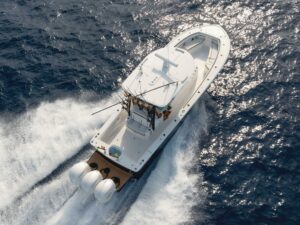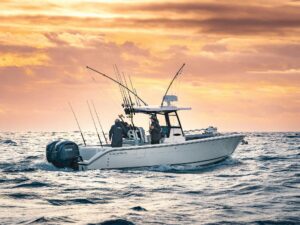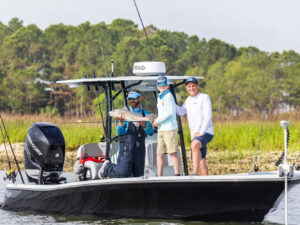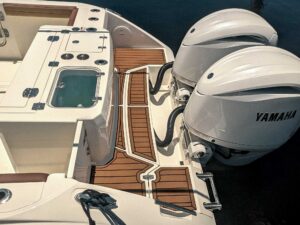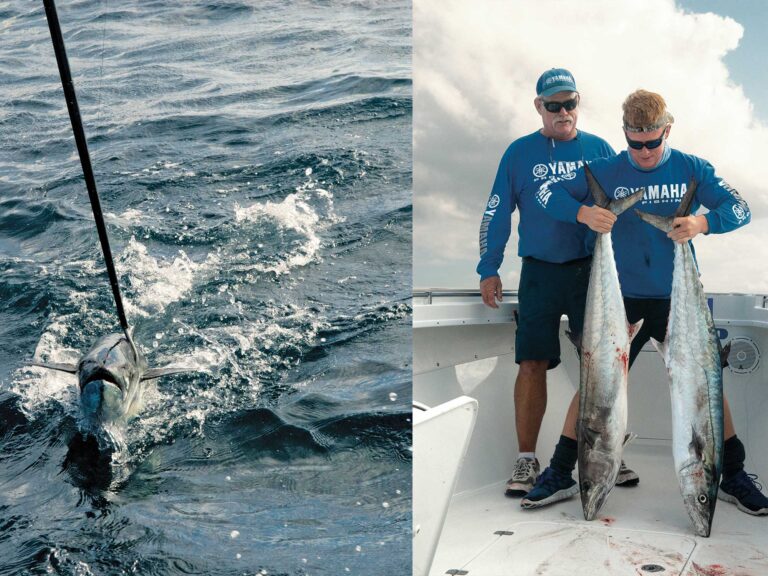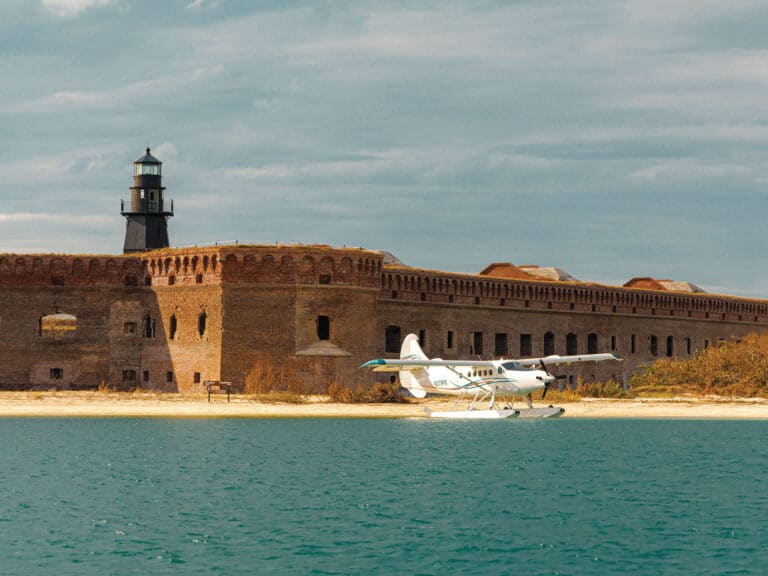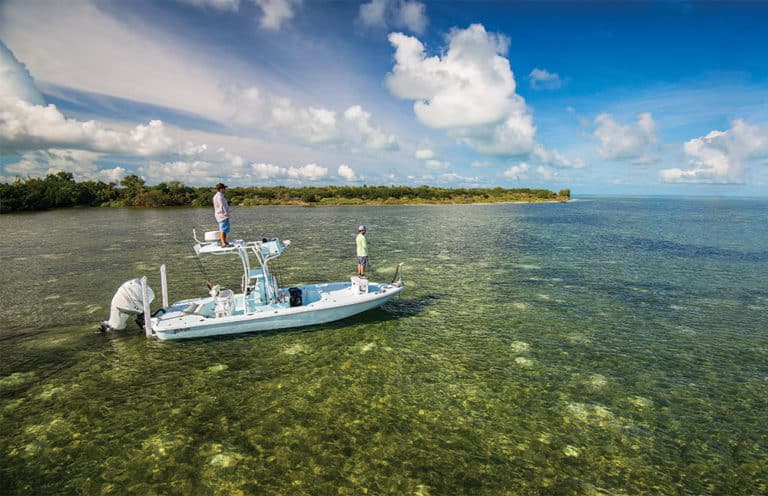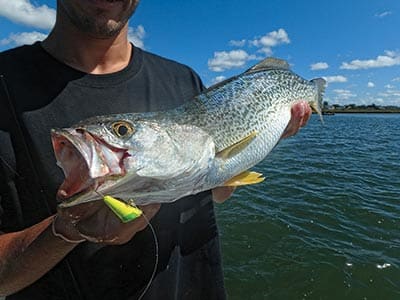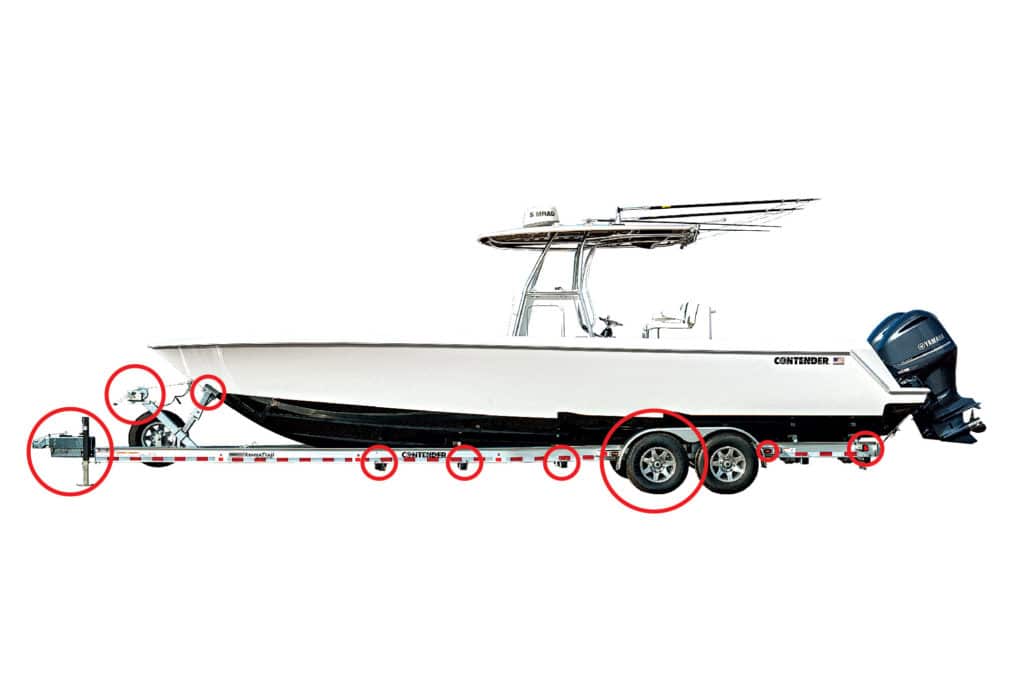
Trailers are an afterthought for most anglers, simply a conveyance to get the boat to and from the water. But if you have ever been stranded alongside a busy highway with smoked bearings or a blown tire, gotten a ticket for not having lights or had difficulty loading the boat in a ripping current, a well-equipped trailer is certainly appreciated. There’s no shortage of premium choices when buying new. If you prefer a cheaper option (and want to put the savings toward electronics or tackle instead), upgrading your current trailer is a sensible alternative. Here are some top improvements to consider.
“The price of LED lights has come down so much in the last five years there’s no reason not to convert over from incandescent bulbs now,” says George Long, store manager at Eastern Marine in Newark, Delaware, one of the largest trailer-parts distributors in the country. “LED, or light-emitting diodes, draw less amps, and the better kits are sealed so they’re considered waterproof,” Long explains. “They also last longer — up to five years — and with as many as 18 diodes in some taillights, if one goes out there’s still plenty of illumination.” Complete conversion kits including the wiring bundle, taillights and side markers range from $34 to $54, Long says.
Spending more initially for premium materials is offset by the overall service life of the components
Loading and unloading become quick and scuff-free with the right bunks or rollers. Carpeted bunks can be modified in a couple of hours by adding polymer pads like the E-Z Slide kit or cut-to-size pieces for under $50. Long says replacing the original rollers can get pricey, depending on the total number and design. Yates developed thermoplastic rollers that work well for retrofits. Another company, Stoltz, makes “the Cadillac of rollers,” Long believes. Stoltz polyurethane rollers, bow stops and other replacement parts won’t crack and are impervious to UV light. Spending more initially for premium materials is offset by the overall service life of the components.
Long says there hasn’t been any significant advancement in coupler design to warrant major upgrades other than self-locking mechanisms that eliminate the lever like those made by Tie Down Engineering. For owners trying to shoehorn small skiffs and flats boats into tight spaces, like the home garage, Eastern Marine also sells hinge and conversion kits to cut or modify the trailer tongue to shorten the overall length.
Senior anglers and those with bad backs benefit by splurging for an electric winch to replace the original hand crank. Electric winches run off the tow vehicle’s 12-volt battery, and some utilize a double-line setup for greater pulling power. Long says Powerwinch and StrongArm by Dutton-Lainson are the dominant brands and range in price from $270 up to $400 depending on the model and weight capacity.
For older trailers, two of the biggest improvements you can make are upgrading brakes and tires.
Tony D’Ippolito, regional and international sales manager for Magic Tilt Trailers based in Clearwater, Florida, believes most people don’t take proper care of trailers after they’ve been dunked in salt water.
“The majority of owners believe a trailer is just a necessary evil in the boating package,” he says. “We know most don’t service their boat trailers, so we add components that hold up in the saltwater environment like the Bearing Buddy and stainless-steel collars on the axle spindles. For older trailers, two of the biggest improvements you can make are upgrading brakes and tires.”
D’Ippolito says 80 percent of the boat trailers built are equipped with disc instead of drum brakes for good reason. Drums collect water and corrode. Open disc brakes are easier to rinse and drain. Kits for conversion start at around $250 per axle.
Tires also instantly improve trailer performance. “If you still run bias-ply tires, radials are a good investment,” D’Ippolito says. “Radials handle highway heat better than bias ply and hold their shape for a smoother, softer ride.”
Aluminum wheels, though lighter than galvanized, are mainly cosmetic. So buyer beware. D’Ippolito says the anodized coating cracks when lug nuts are tightened, and the finish becomes cloudy after a couple of years.
Unless your boat stays in the water, a trailer is a necessity for many of us. But by adding a few key upgrades, it’ll be ready to roll when you need it most. Like next Saturday.
Ways You Can Add to Your Trailer
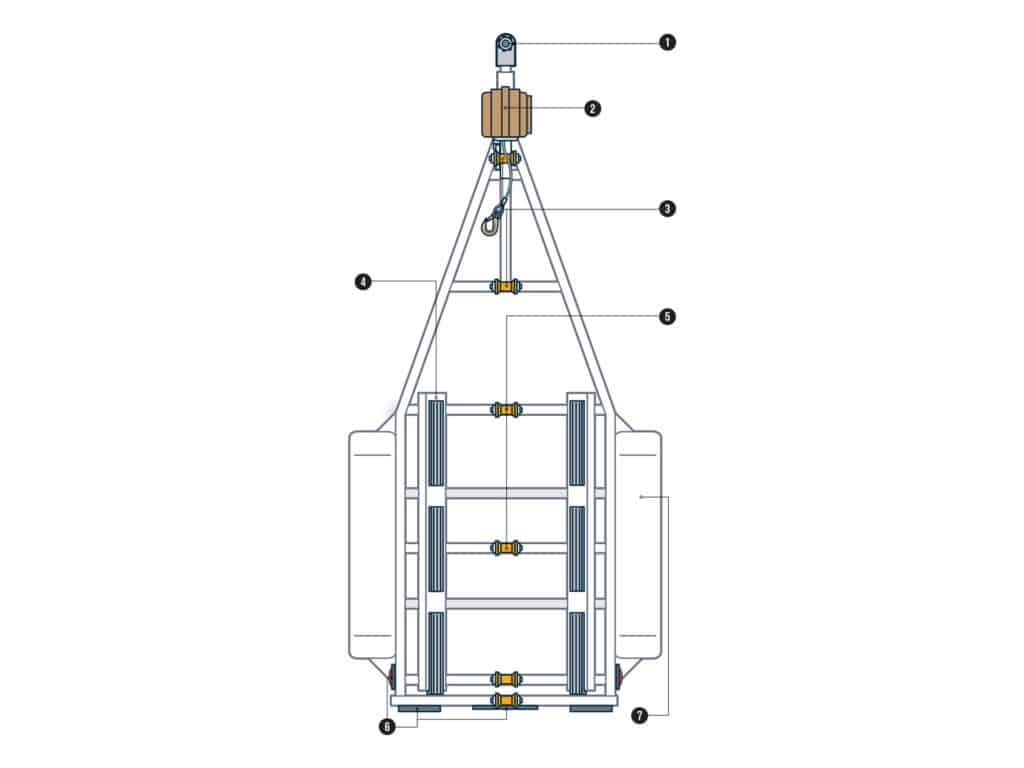
- A telescoping or swing-away tongue eases storage constraints.
- The addition of an electric winch makes for easier, safer loading.
- Polyurethane bow chock and front roller eliminate marring on visible hull surfaces.
- Polymer bunk skids stay grit-free to protect gelcoat and slick for smoother loading and launching.
- Poly keel pads and loading rollers maintain their shape and resist sun damage.
- Water-sealed and long-lasting LED lights keep you safe and legal.
- Swapping out drum brakes for discs eliminates corrosion, extending brake life.

